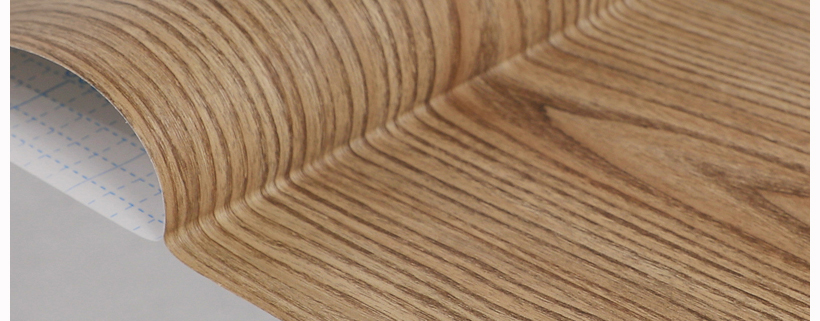Differences between PVC film and ordinary adhesive film
PVC film and ordinary adhesive film are both used for various applications, but they have distinct differences in terms of material composition, properties, and applications. Here are the key differences between PVC film and ordinary adhesive film:
Material Composition:
PVC Film (Polyvinyl Chloride Film): PVC film is typically made from polyvinyl chloride, a type of plastic material. It is a thermoplastic polymer known for its durability and flexibility.
Ordinary Adhesive Film: Ordinary adhesive films can be made from a variety of materials, including paper, plastic, fabric, or metal foils, depending on the intended application.
Adhesive Layer:
PVC Film: PVC films often do not have a built-in adhesive layer. They are typically used in conjunction with adhesives like contact cement or specialized laminating adhesives to bond them to surfaces.
Ordinary Adhesive Film: Ordinary adhesive films have an adhesive layer on one side, which allows them to stick to surfaces without the need for additional adhesives. The type of adhesive can vary, including pressure-sensitive adhesives, hot melt adhesives, or solvent-based adhesives.
Applications:
PVC Film: PVC films are commonly used for decorative purposes, such as laminating furniture, cabinetry, doors, and wall panels. They are also used in packaging, signage, and as protective coatings for various surfaces.
Ordinary Adhesive Film: Ordinary adhesive films have a wide range of applications, including label printing, packaging, graphic design, industrial labeling, and more. They can be used for bonding, labeling, covering, and sealing various surfaces and materials.
Appearance and Finish:
PVC Film: PVC films often have a decorative appearance, with various textures, patterns, and colors, making them suitable for enhancing aesthetics in applications like interior design and decor.
Ordinary Adhesive Film: Ordinary adhesive films may have a plain or printed appearance, depending on their intended use. They are often used for functional purposes, such as labeling or protection.
The main component of PVC film is polyvinyl chloride, and other components are added to enhance its heat resistance, toughness, ductility, etc. The top layer of this surface facial mask is paint, the main component in the middle is PVC, and the bottom layer is back coating adhesive.Ordinary adhesive film is directly applied to the surface of the board with glue at room temperature, so after one or two years, the film is prone to detachment. PVC film, on the other hand, is pressed onto the surface of the board using a specialized vacuum press at a high temperature of 110 degrees Celsius, making it less prone to detachment. Although PVC film has excellent quality assurance, some people may say that PVC is a chemical product after all, and it cannot be compared to natural materials, which cannot eliminate toxicity and odor, and cannot avoid causing harm to the environment. The fact is that this is not the case. This is because the raw materials for producing PVC films are specially extracted, and toxic substances are completely extracted. Therefore, PVC is completely non-toxic and odorless, and has no irritation to the human skin or respiratory system. For those who are allergic to wood and paint, using PVC film packaging for furniture or kitchenware is very suitable. By using PVC film as decorative film, people can use a large amount of medium density board, particle board, plywood, and fiberboard, reducing the amount of wood used.




